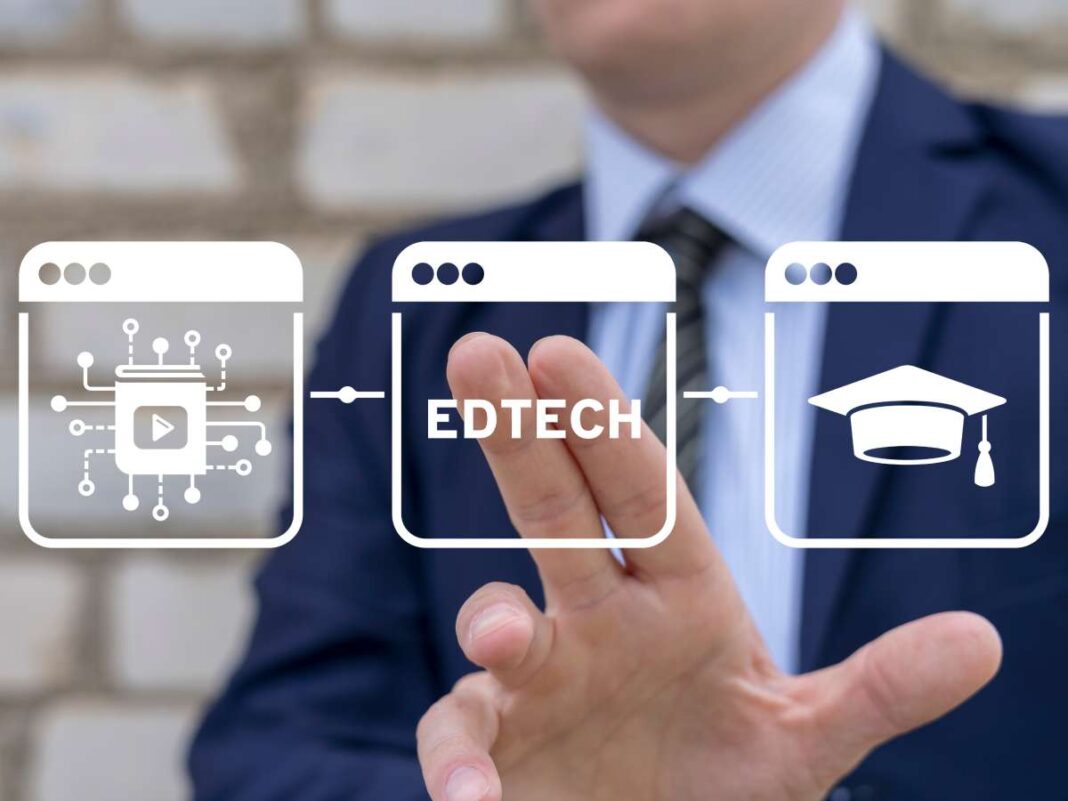In today’s rapidly transforming educational landscape, technology plays a pivotal role in reshaping how individuals teach and learn. From personalized learning experiences to immersive virtual reality, educational technology (EdTech) innovations are transforming classrooms worldwide, making education more accessible, engaging, and effective than ever before.
The Rise of Dynamic and Flexible Classrooms
Technology integration has given rise to dynamic classrooms that extend beyond the traditional four walls. Tools like interactive whiteboards, tablets, and online platforms enable educators to create more engaging and interactive lessons. For instance, in recent years, platforms such as Microsoft Teams and Zoom have become indispensable, allowing for hybrid and distance learning models. These platforms have ensured that education remains uninterrupted, enabling students and teachers to connect seamlessly from different locations.
Personalized Learning through Artificial Intelligence
Artificial Intelligence (AI) is revolutionizing education by facilitating personalized learning experiences. AI-powered platforms evaluate student performance data to tailor lessons that address individual challenges. This personalized approach boosts learning results and fosters a deeper understanding of various subjects. For example, adaptive learning technologies allow teachers to customize curricula, making lessons interactive or challenging based on student needs.
Immersive Learning with Augmented and Virtual Reality
Augmented Reality (AR) and Virtual Reality (VR) are turning classrooms into immersive learning environments. Students can virtually explore historical sites, delve into scientific simulations, or even embark on virtual field trips without leaving their seats. These technologies enhance knowledge retention and stimulate curiosity, providing hands-on experiences in a virtual setting.
Case Study: KAI Global School’s Innovative Approach
KAI Global School in Kanata, Ontario, exemplifies how technological innovations can enhance education. The school employs interactive tools such as digital whiteboards and educational software to create engaging and dynamic classes. By utilizing AI algorithms, KAI Global School tailors learning experiences to each student’s needs, ensuring they receive the support necessary to maximize their potential.
Gamification: Making Learning Engaging and Fun
Gamification integrates game elements into educational contexts, transforming learning into an enjoyable and interactive experience. Platforms like Kahoot!, Minecraft: Education Edition and Classcraft utilize points, badges, and leaderboards to motivate students and enhance engagement. This approach turns education into interactive challenges, fostering a competitive yet collaborative learning environment.
Collaborative Tools Bridging Gaps
Collaborative technologies are essential in today’s interconnected world. Tools like Google Workspace, Microsoft Teams, and Slack facilitate seamless collaboration between students and educators, regardless of their physical locations. These platforms bridge gaps between remote learners and instructors, promoting teamwork and enhancing communication skills.
Addressing Challenges: The Digital Divide and Teacher Training
Despite the numerous benefits, challenges persist in integrating technology into education. The digital divide remains a major obstacle, as unequal access to tech and the internet can exacerbate educational inequalities. Moreover, effective use of technology requires consistent and thorough professional development for educators. Schools must invest in training to ensure teachers can effectively leverage these tools.
The Future of EdTech: Emerging Trends
The horizon of EdTech is ever-expanding, with emerging trends set to transform education further:
- AI and ML: These digital technologies will keep refining personalized learning, offering even more tailored educational experiences.
- Virtual and Augmented Reality Expansion: As VR and AR technologies become more accessible, their use in classrooms will provide immersive experiences in fields like science, history, and the arts.
- Emphasis on Lifelong Learning: In a rapidly evolving job market, there is a growing focus on skills-based and vocational training, highlighting the importance of lifelong learning.
Conclusion
EdTech innovations are at the forefront of educational transformation, offering solutions to pressing challenges in education today. By enhancing accessibility, promoting engagement, and customizing learning experiences, these technologies promise a more inclusive and efficient education system. As we navigate the future, embracing these innovations will be crucial in preparing students for a world that is increasingly driven by technology.
